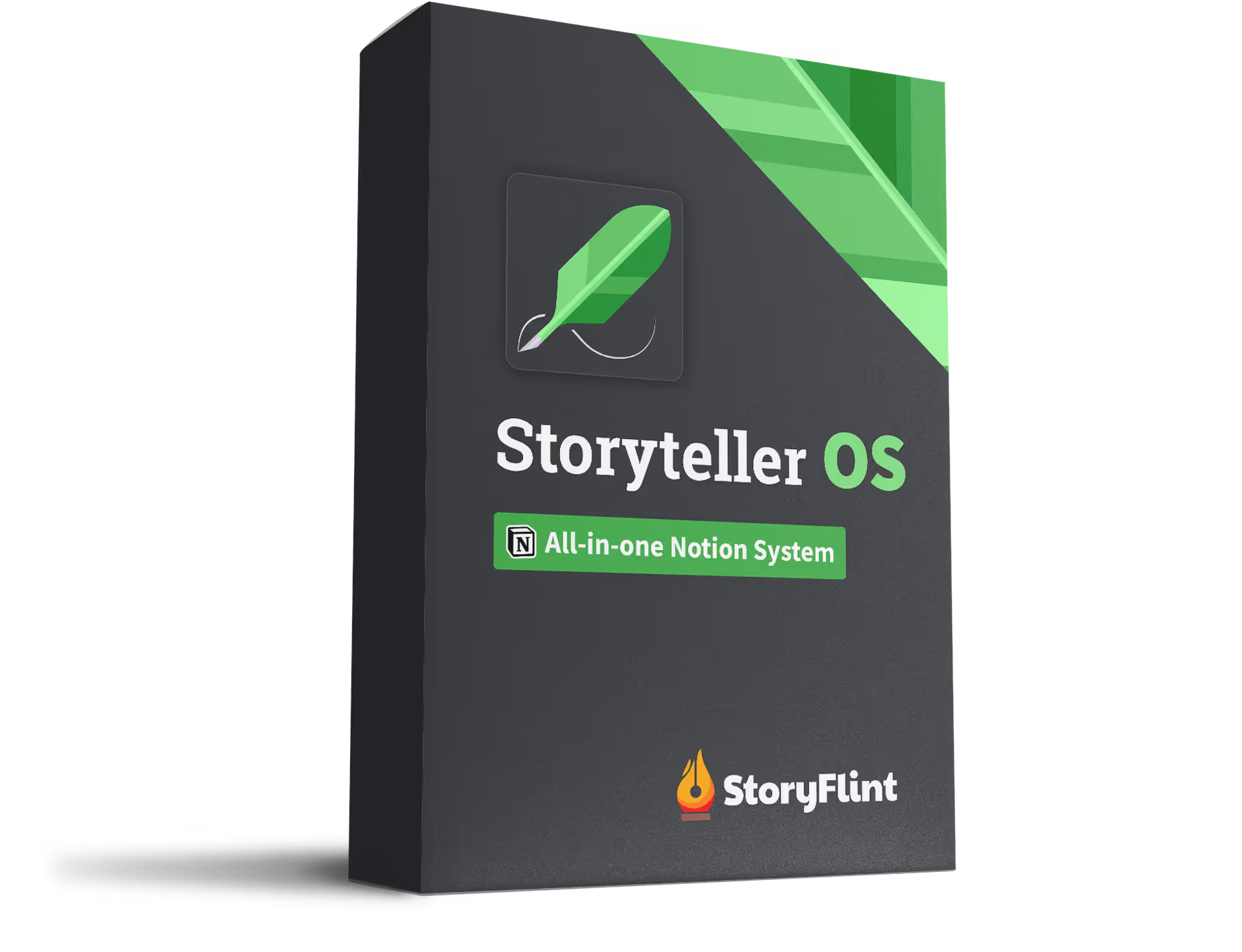When you sit down to write a story, characters are one of the most important aspects. If your readers can't connect with your characters, they won't stick around for long. One of the best ways to make sure your readers feel connected to your characters is to give them depth and life. In this article, we'll discuss how to write character descriptions and what can make characters feel real from their introduction.
The importance of creating vivid character descriptions
The way you describe your characters will help your readers to picture them in their minds, and ultimately make them feel more real to the reader.
Your character's physical appearance is the first thing your reader will notice about them, so it's important to make sure that you describe them in a way that is both unique and memorable.
In addition to physical characteristics, think about what kind of personality your character has. Do they have any quirks or unique mannerisms? What do they sound like when they speak? All of these things will help your readers to get a better sense of who your character is.
Finally, consider your character's backstory. What has led them to the point they're at in the story? Why do they think and act the way they do? Knowing this will help you to write them more realistically, and it will also give your readers a greater understanding of and connection to your character.
What should be included in a character's appearance?
When giving a physical description of your character, it's important to resist the urge to give a complete list of their features and thus too much detail. Long physical descriptions can be tedious for the reader, and it's often unnecessary. Instead, focus on describing the most striking or defining features. These are the things that will help your readers to remember said character and visualize them later on.
How to describe a character's face?
One of the most important things to consider when describing a character's face is their features. Do they have high cheekbones or a strong jawline? Do they have pale skin or dark? Are their eyes big or small? What color are they? Describing these things will help your readers to picture your character in their minds.
Another thing to consider when describing a character's face is their expression. What kind of emotions are they feeling at that moment? Are they happy, sad, angry, or scared? Their facial expressions can tell us a lot about what they're thinking and feeling, so be sure to describe them in detail.
How to describe a character's posture and body language?
The way they hold themselves can tell us a lot about a character's personality. Are they slouched over or standing up straight? Do they have their arms crossed or are they gesturing with their hands? Their posture and body language can give us clues about how they're feeling and what kind of person they are.
When describing your character's posture and body language, it's important to use specific adjectives. For example, instead of saying that your character is "standing", you could say that they're "slouching" or "looming".
How to describe a character's hairstyle?
Your character's hairstyle is another important aspect of their appearance. Is it long or short? Straight or curly? What's their hair color? Use descriptive words – instead of just saying "brown hair" say "shiny auburn waves".
In addition to describing the physical appearance of your character's hair, you should also describe how they style it. Do they wear it in a neat bun or let it flow freely? Are there any unique elements to their hairstyle that help to define them as a person?
{{medium-article-callout="/construction/components"}}
How to describe an attractive character?
When describing an attractive character, it's important to resist the urge to describe them in terms of physical perfection. Instead, focus on describing their features in a way that is both unique and memorable.
For example, instead of saying that your character has "perfect skin", you could say that they have "clear skin with a few freckles". This will help give a clear and unique description to pretty/handsome characters without sounding vague or generic.
How to describe a character's body?
When describing a character's body, it's important to focus on their most defining features. Are they tall or short? Muscular or slender? What do their hands look like?
In addition to describing the physical appearance of your character's body, you should also describe how they move. Do they walk with a confident stride or do they shuffle their feet nervously? Their movement can tell us a lot about their personality.
How to describe the clothing of a character?
The clothing that your character wears can tell us a lot about their personality. Are they wearing bright and colorful clothes or are they wearing dark and somber colors? Do they have any unique style elements that help to define them as a person?
When describing your character's clothing, it's important to use specific adjectives. For example, instead of saying that your character is "wearing a dress", you could say that they're "wearing a flowing dress of white".
How to describe a character's voice?
Does your character have a deep and booming voice or a high and squeaky voice? Are they always speaking confidently or do they stutter when they're nervous?
Like many other characteristics, be specific when describing their voice. For example, instead of saying that your character has "a nice voice", you could say that they have "a soothing voice with a hint of an accent".
How would other characters describe this character?
A fun way to create a character description is to use how another character might hypothetically describe said character. This can bring another dimension to your character's description as it pulls in other characters' opinions (and especially the opinion of your main character) into the mix.
For example, in the Harry Potter series, when Harry first meets some characters, the description for said character also takes takes into consideration what Uncle Vernon or Aunt Petunia would think of the character if they were ever to meet them (usually with a strong disapproval).
Conclusion
When describing characters in your story, it's important to focus on their physical appearance, posture and body language, hairstyle, voice, and clothing. By describing these things in detail, you'll be able to give your readers a clear picture of your character in their minds.





